Early Years
Born in Indiana in 1931 to Winton and Mildred Dean, he had a humble bringing up who would later become an icon of the 1950s. The family moved to California when he was still very young. When he was nine years old, his mother succumbed to cancer and he returned to Indiana.
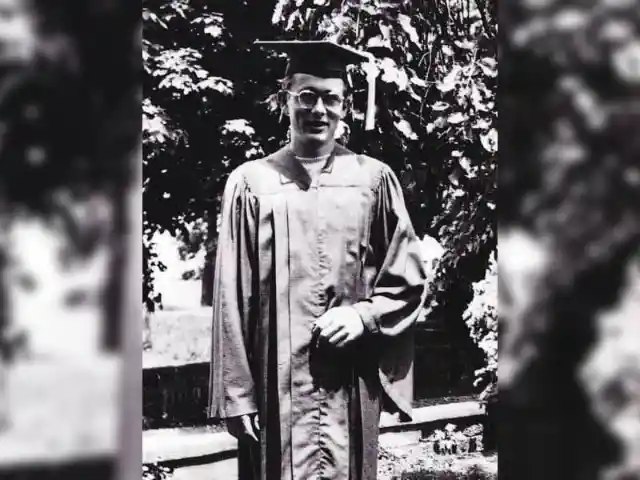
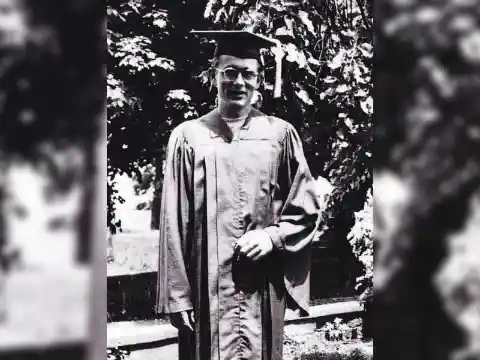
When he got back in Indiana he moved to live with his uncle and aunt in Fairmount, where he was said to be an excellent student with interests in public speaking and drama. After graduating high school, he moved to California with his father to attend college.
Troubling Decisions
At first, Dean decided to enroll on a pre-law course, but eventually made a decision that would lead to trouble. He decided to study drama instead, and that was the cause of tension between him and his father. In 1951, he left college and took full-time acting.
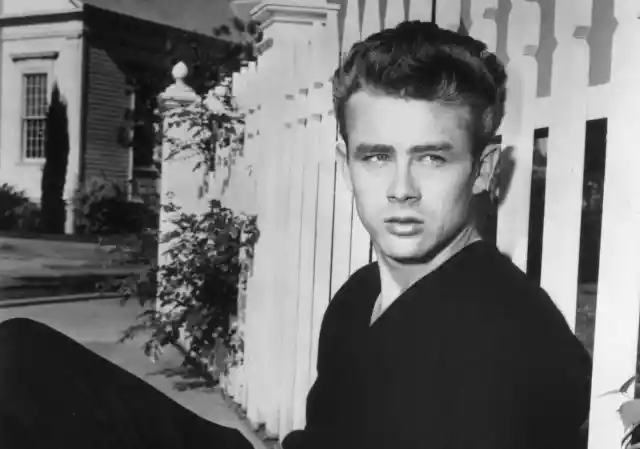
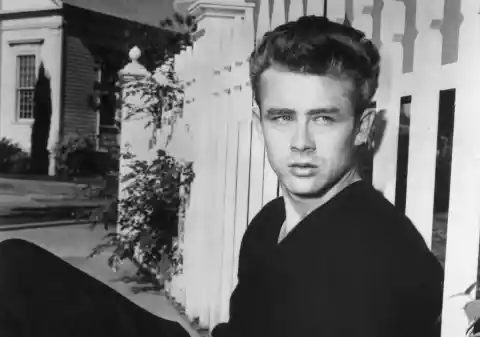
That same year, James Dean was offered the role of John the Beloved Apostle in the TV special Hill Number One. After that role, he was offered three movies in the movies Has Anybody Seen My Gal?, Fixed Bayonets! and Sailor Beware.
Drama School
From California, Dean moved to New York where he starred in a number of CBS TV series, including Lux Video Theatre and Studio One. Soon after, he was accepted to the prestigious Actors Studio drama school, school also attended by actor Marlon Brando.
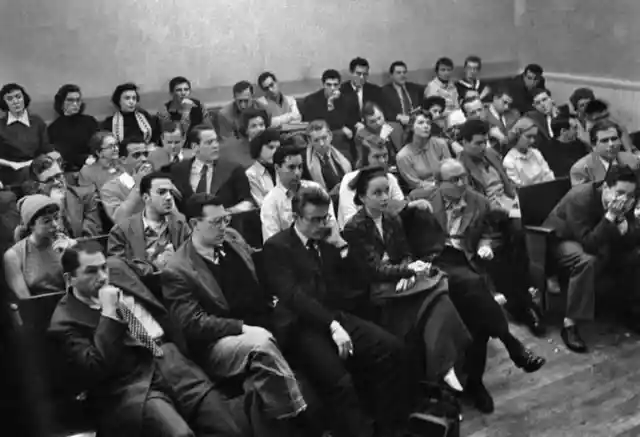
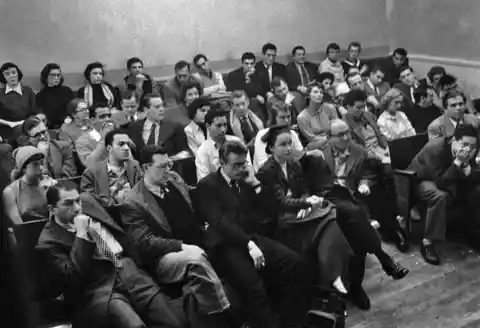
In a letter to his family sent by Dean in 1952, he described Actors Studio as “the greatest school of the theater. Very few get in. It is the best thing that can happen to an actor”. He was completely excited about it!
Growing Career
Dean had every reason to be excited. By studying there, his career continued to grow and obtained three more roles, two on the TV shows General Electric Theater and Robert Montgomery Presents. In 1954, a film role in The Immoralist made him appear on Hollywood’s radar.

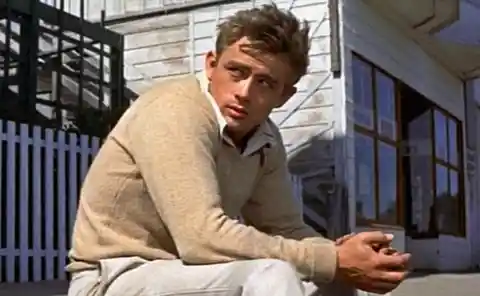
His next role, as Carl Trask in East of Eden, the actor went from a burgeoning actor to hot property. He improvised many of his lines, and the film was later described by Los Angeles Times as “Kazan’s richest film” and praised the actor by stating “It is arguably Dean’s best performance”.
Worldwide Stardom
Although Dean starred in three films in total, East of Eden was the only one to be released before his death. The film Rebel Without a Cause, that catapulted him from hot property to worldwide stardom, was filmed in 1955. The movie is the basis for the actor’s status as the face of a new generation.

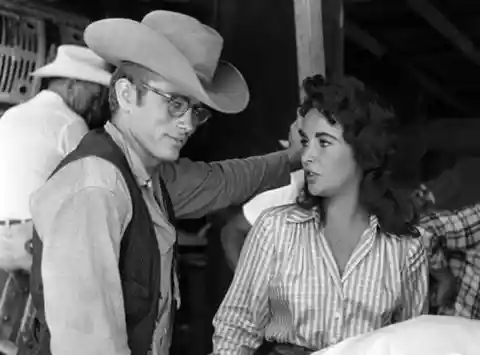
His last role before he died was the film Giant together with Elizabeth Taylor. Sadly, the young actor died before the film had been edited.
Racing Fondness
Along with his successful work as an actor, Dean had a fondness for racing, and had competed in almost as many professional driving events as movie roles, despite not having completed the last race due to a blown piston.
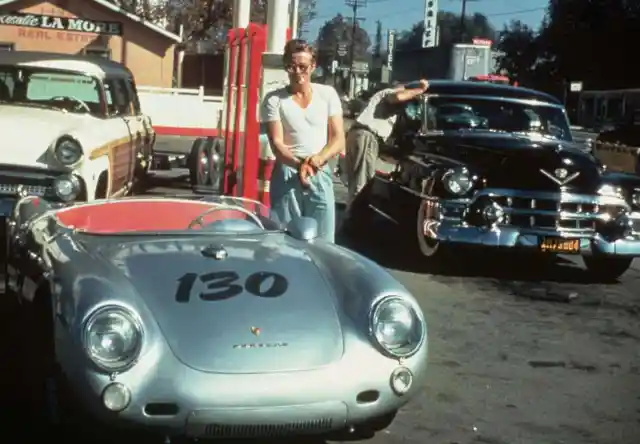
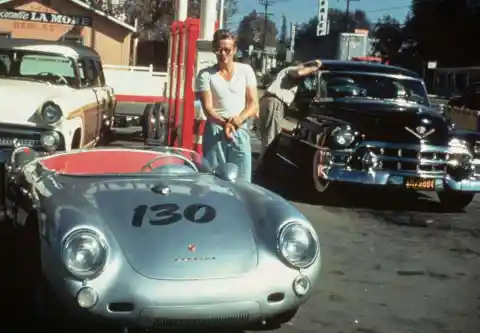
As he had been prevented from competing during the making of Giant, the actor was scheduled to race in California on October 1, 1955. For this event, he purchased a new Porsche 550 Spyder Convertible and he nicknamed it the “Little Bastard.”
Speeding Ticket
In order to get to the racing event, the actor was en route to the event on September 30. At 3.30 pm on that fateful day, the actor was given a ticket for speeding. Less than three hours later, he would be dead.
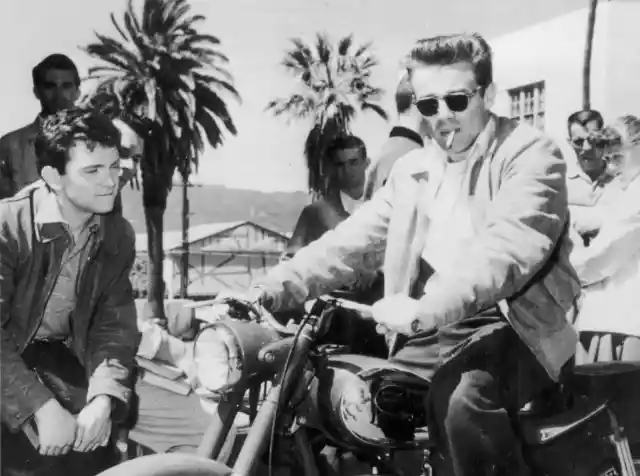
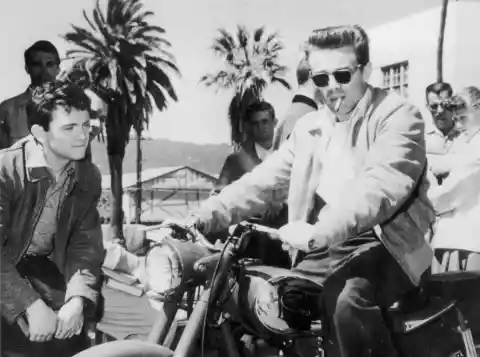
While driving along Route 46, Dean came behind a Ford Tudor, that was turning through an intersection, and as the actor was driving over the speed limit, he was unable to stop the Porsche, therefore causing his own death at 24 years old.
Dean’s Porsche
After the crash, the Porsche owned by the actor was bought by George Barris, the man who customized the car for the first time. When the remains of the Spyder arrived, it fell off the truck that was carrying it and broke a mechanic’s leg.

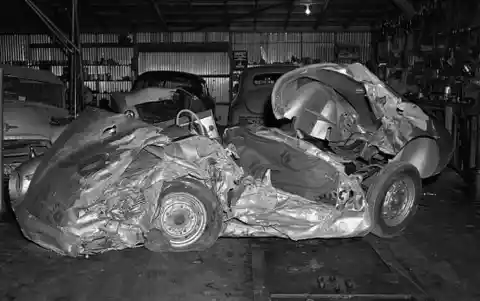
The website Jalopnik reported that Barris sold the drivetrain and engine of the Spyder to Troy McHenry and William Eschrid, racing drivers. During the race, both had serious collisions. Eschrid was badly injured and McHenry died by crashing into a tree.
Remaining Parts
After these events, Barris decided to sell two of the Spyder’s tyres to another customer. The tyres blew off at the same time and the vehicle came off the road. Nonetheless, the Spyder’s curse continued.


The curse, as it became known, was going to find two new victims. Two thieves who tried to rob the remains of the Spyder from Barris’ home suffered some serious accidents. One of the thieves was injured attempting to remove one of the seats, and the other sustained a cut to his arm trying to take the steering wheel.
Macabre Pattern
After the robbery and all the incidents tied to the Porsche Spyder, Barris decided to hide it away, although it did not happen. The California Highway Patrol convinced Barris to donate the car. Then, the building in which it was stored was destroyed in a fire. However, the car did not sustain any damage.
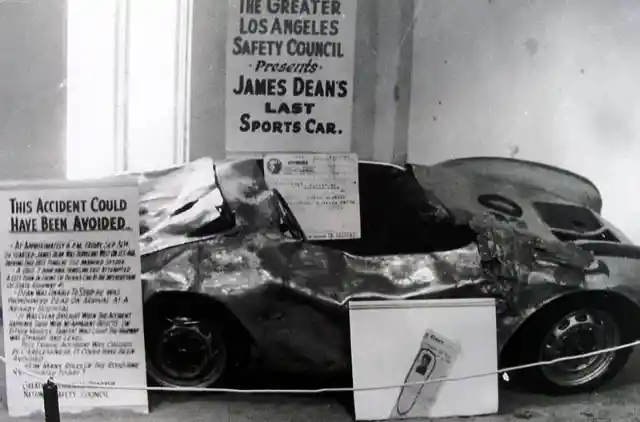
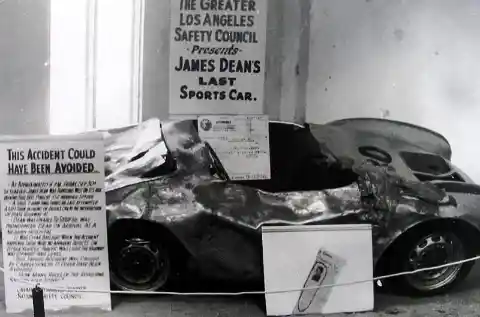
Once again the car was going to be displayed at a high school show. Unfortunately, the curse of the Spyder continued, but this time it injured a student who suffered a broken hip when the car fell from its stand.
Transportation Fails
Incredible as it may seem, the curse was far from over. A truck driver that had the task to transport the Spyder was killed when he lost control of the truck, fell from the cabin and was crushed under the Spyder when it fell from the transport.


The car continued to fall from transportation vehicles on two occasions, but luckily those times nobody was harmed. After its last fall in 1960, the car was sent back to Barris.
Disappearance
According to Barris, the wreck simply disappeared while on transit to him. Nonetheless, the website Jalopnik cited unverified claims that a piece of the Porsche Spyder 550 made its way to Illinois’ Historic Auto Attractions museum.

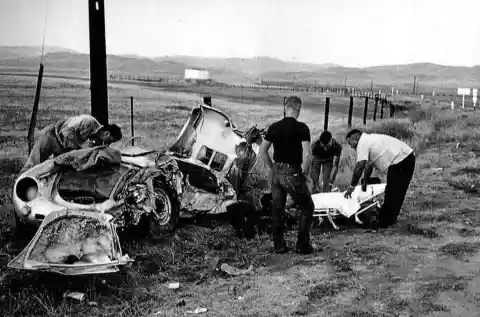
Since the Spyder disappeared in 1960, fans have wondered of the whereabouts of the vehicle. So great was the desire to find it that in 2005 the Illinois Volo Auto Museum offered $1 million to whoever was in possession of it.
Dean’s Fame
While the location of the Spyder remains a mistery, one thing is certain: everybody is safer not knowing where the car is. And even if it was notorious for its deadly tendencies, it will never be as famous as his original owner.
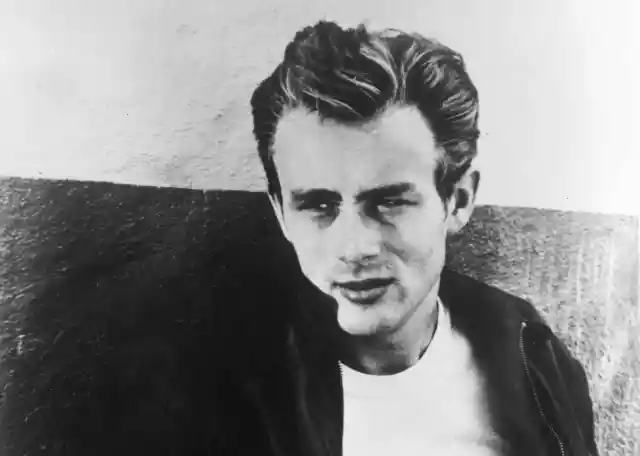

The first posthumous nomination in the history of the Academy Awards was won by James Dean in 1956, for his role in the film East of Eden and one in 1957 for Giant. We also have to mention that his performance in Rebel Without a Cause embodied the frustration of youth and therefore became a symbol for young people.